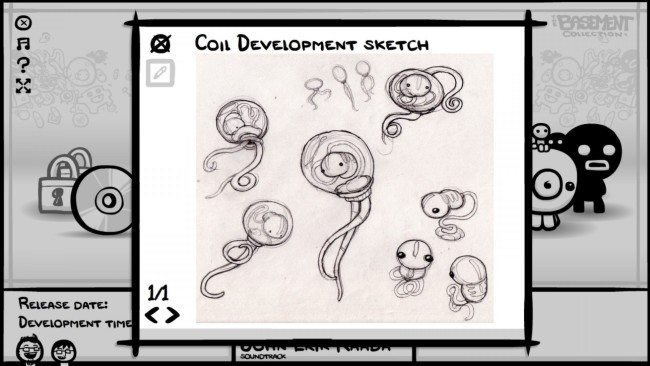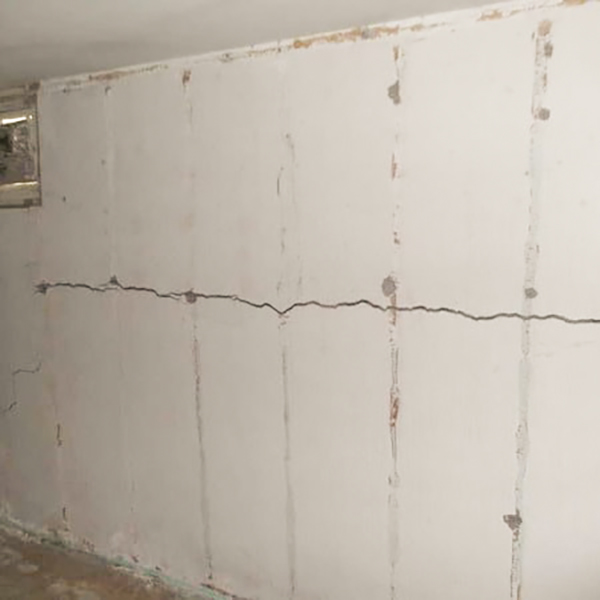Over the past four years, this local authority alone has granted planning applications for more than 800 basement extensions, refused 90, and has a further 20 outstanding. My basement was pretty smooth, had a few cracks but nothing major. The prep is the worst with sweeping, vacuuming, then degreaser, scrubbing, then hosing it down and shop vacing it up. Then etching, hosing down again and shop vacing it again. Then waiting a week to make sure its completely dry (tape a big square of plastic to the floor, all.
Cracks in your foundation and basement walls come in a wide variety of shapes and sizes. When cracks become large enough, water leaks in and makes them bigger over time. This is why it’s important to monitor for cracks. If something (like a cinder block or even an entire wall) is cracked in two, movement and water pressure will continue to make it worse and trying to patch up these more serious cracks usually results in failure.
The sump well is a round opening excavated into the floor at the lowest point in the basement extending down about two feet into the soil. Most sump wells are 18 inches to 24 inches in diameter.
Monitoring cracks is pretty straightforward. Use a pencil and mark off the ends of the crack with the date. Over time you can see if the crack is just natural settling, or a serious foundation problem. This will also help contractors in repairing your cracks if they can see how they formed.

Sealing Basement Cracks
Cracks will usually form where pipes enter the house, near windows, tie rods, corners where walls meet wall or floor, and in the long open sections of your foundation.

Vertical and Diagonal Cracks – These are typically the result of a concrete foundation settling and can be found in all kinds of homes. Because concrete shrinks when it cures, these natural cracks are called shrinkage cracks. They will usually form in the middle 1/3 of a wall, will be less than 1/8th of an inch wide, and run vertically or diagonally. If the crack extends to the structure (past the basement wall) or is located near a corner (not the middle 1/3), or is larger than 1/8th of an inch, then it is likely not a shrinkage crack and should be checked out by a professional contractor.
Horizontal Cracks – Cracks that run horizontally are a more serious type of crack. They are caused by pressure from the outside of the walls (hydrostatic pressure) and can lead to a failure of your foundation walls. While your foundation is designed to handle this pressure of water and soil, additional load (heavy rain) can put it over the edge and create cracks. Any damage like this to your foundation definitely needs to be check by a professional contractor before it gets worse.
“Bulging” indicates serious hydrostatic pressure and will definitely cause additional cracking. If you ever notice your walls bulging call a contractor immediately because your foundation is at risk of collapse.
Foundation Floor Cracks – If the floor of your basement or foundation is cracking, this indicates a serious problem that can lead to flooding and can even let in radon gas. This is usually caused by soil erosion or swelling around your foundation, or from problems during actual construction. Either way, a professional contractor should be called on to inspect the problem.
For the most part, anything beyond settlement or shrinkage cracks needs attention. They will only get worse and will eventually lead to incredibly expensive problems.
There are a few other things ask when looking out for foundation problems. Are cracks wider at the top then at the bottom? Do the cracks change direction? Do cracks appear on finished walls, plaster, or drywall? Are doors and windows not closing properly? Is it obvious that walls or floors are no longer level?

Answering yes to any of these questions means something more than a shrinkage crack. Call a professional contractor today!
If you have a basement, and take a look at your walls, you’re likely to find at least one crack. Don’t worry, this is actually normal, however it’s good to know how these happen and if they become larger in size, what to do about getting these basement cracks repaired.
Why Cracks in Basement Walls Occur?
Stress Points
It’s not uncommon to be in any basement and notice a few cracks here or there. Yes, they can be frustrating to the homeowner, but they’re a common occurrence. Stress points are one of the reasons cracks are created in your walls. They can occur when you’re installing lines for the electric, gas or sewer. This weakens the concrete and can lead to cracking. They’re also common to discover in the corners of windows, angling off from the edge and is actually the first place we check when we conduct an analysis of a foundation.
Saturation of Soil
Saturation of soil means a wet ground. When your basement was constructed, it had to be supported by footings. These are at the base of each wall and are responsible for holding up the house. Once the soil under these footings becomes saturated a little too much, the footings will then begin to ‘settle’ which in turn can create cracks in the walls.
The Basement Collection Crack Filler
When the soil becomes oversaturated, the earth around your foundation will likely expand. A majority of foundations are constructed to withstand such pressure so the extra weight of this saturated soil can actually make the walls push inward. This is when you notice the angled cracks in the corners of the walls or windows. What causes oversaturation? There could be many causes, including poor gutters, improper grading, or even lack of an underground downspout extension or sump pump.
Drought
So you’re likely curious how drought could create cracks in the wall. Well, too much moisture can cause them, but surprisingly, so can a lack of moisture in the soil. A drought is typically what will steal the moisture from the soil, which then causes the soil to shrink. This makes the foundation walls shift outward and causes the footings to settle. This type of drought typically happens if you have outdoor plants close to your foundation; they search for moisture deep in the ground, potentially taking it from the soil that surrounds your foundation’s footings.
Shrinking of Concrete
Pouring concrete isn’t an easy task and if it’s done wrong, it can cause many issues. Many different variables and factors are included in the science of pouring concrete. Water is necessary for the mixture of concrete, so naturally there is an expansion when wet (or being mixed) and then a contraction once it’s dried. Different factors can alter the way it dries including the mixture of concrete, humidity levels and the type of aggregate used.
Timing
Timing seems to be everything in all aspects of life, including pouring concrete for a foundation. For instance, imagine your foundation being poured and the builder runs out of concrete mid-pour. This will disrupt the ability to make the foundation a complete, whole piece. Having to wait for another batch of concrete to arrive or be mixed means enduring a time for cold joints to form in between pours, which could allow water to seep through at that time and in the future.
Basement Cracks In Block Walls
What To Do About Cracks in Your Basement or Foundation?
If you have a few minor cracks that are small in size, also known as hairline cracks, then there’s no need to worry. However, if you are unsure or these cracks look large or are getting bigger, it’s best to call in a foundation or basement crack repair company, like Edens Structural Solutions. Call us today for a consultation and see how we can help you with your basement crack repairs.
